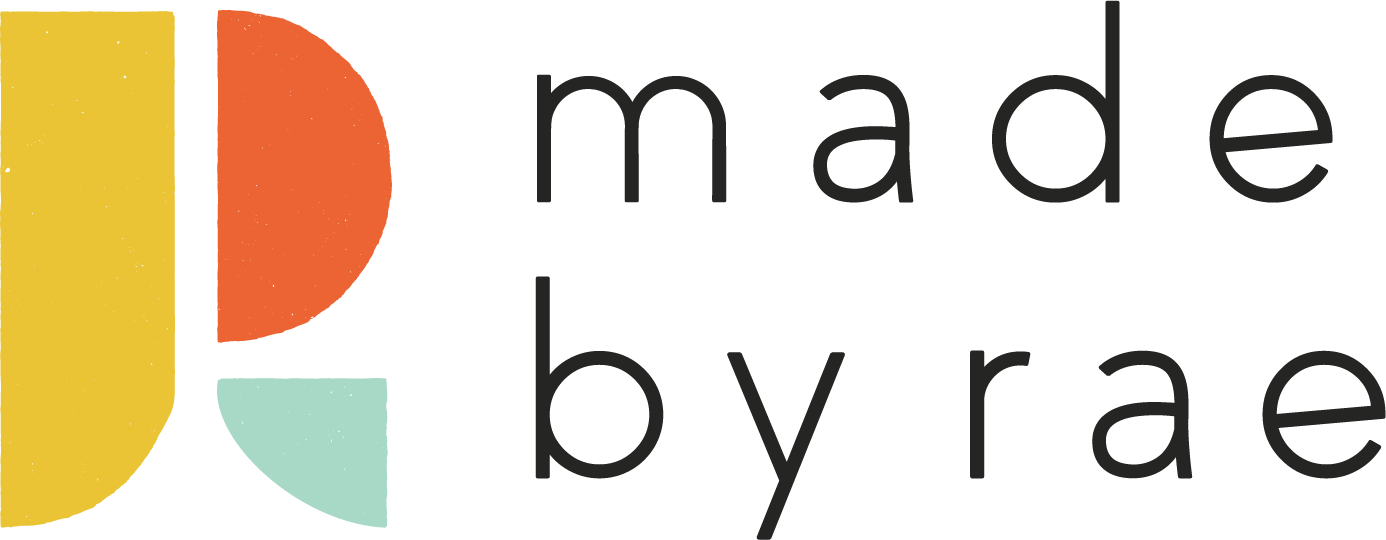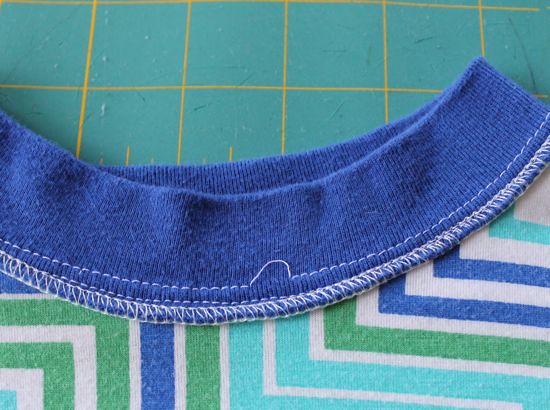Rae debriefs the KNITerviews
We had the last of the awesome KNITerviews last week, and I couldn't help but notice a few themes. Here's my takeaway:
Thrifting/Upcycling for knit fabric is the way to goMost if not all of our KNITerviewees said that the best place to get knit fabric was harvesting it from larger garments from the thrift store or sale racks. This comes as no surprise to me as that's definitely been my favorite way to procure knit fabric (for baby tights, for example).But can I just say: I think this represents a MAJOR FAIL on the part of the fabric industry?!?! Although many of the major quilting fabric manufacturers have branched out into garment textiles (Free Spirit, Robert Kaufman, Moda, Michael Miller come to mind), most if not all of them produce a fairly limited selection, making it hard for fabric shops to carry the "critical mass" of knits necessary to keep customers coming back. In addition, most online fabric shops veer heavily away from knitted fabrics, due to the fact that quilting fabrics simply sell better. Why? As far as I can tell, it's due to two reasons: First, that quilting fabrics have more exciting prints that really "sell" on the computer screen, while knit fabrics are often solid. Second, it's just harder to predict what a knit will be like when you can't feel it in person.I know this is a vicious cycle (we don't shop for knits online because online shops don't carry them, online shops don't carry them because we don't buy them), but it would help if, like quilting and home dec fabrics, knit fabrics had more of the wonderful prints we see on quilting fabrics and if knit fabrics had clear weight and stretch categories, to make it easier for us to predict how a knit would behave when shopping on the computer. I'd love to hear what you guys think about this. And then I'll stop ranting and move on...Knits = garment sewing!All of our guests reported that they use knits to sew garments for their kids and/or themselves. No big surprise there. In retrospect, it was kindof a dumb question. I mean, what else is there to sew with knits? Toilet-paper cozies? I guess there's always the t-shirt quilt, but that could technically qualify as "garment sewing."
image courtesy of Cirque Du Bebe
Jersey and interlock are the clear favoritesJersey and interlock were mentioned by most as the preferred type of knit. And I agree, those are definitely the two types of knits I sew with the most. Sascha held fast to her unrequited love for rib knit though, and I think it's worth serious consideration. For a nice primer on the basic knit fabric types, check out this post by Liesl on the Oliver+S blog.Stitch length and width: why mess with a good thing? Most if not all of our KNITerviewees used a regular or slightly longer straight stitch on their sewing machines to sew their knits (ie, not many takers for using the stretch stitch or the narrow zig zag stitch). This actually surprised me a little...I find that eventually I get popped stitches if I use the straight stitch too heavily, especially on neckbands (see picture below) and hems. So I tend to use a narrow zig-zag stitch with a longer length, especially for neckbands.
The serger is great. For finishing seams.Most of our KNITerviewees felt that the serger was nice but not necessary for sewing the seams. Instead, the majority said they use the serger for finishing seams after they've been finished. Dana offered a nice explanation on why in her KNITerview. Some of our KNITerviewees even said they really don't like to use a serger at all!Walking foot, schmalking foot. Not many fans (this really surprised me! I seem to remember the walking foot being heavily pushed in the book Sew U: Home Stretch). The double needle was also dismissed by most as too fussy, except by Katy who swears by it.
image courtesy of Zaaberry
Cutting tips, and Don't stretch your fabricThere were some great tips and tricks for sewing with knits! A couple dealt with cutting out the pattern pieces: Tracing patterns directly onto the knit fabric before cutting it out (Ruby, picture above) and using freezer paper to trace patterns then ironing that directly to the fabric (Meg). And a bunch of our guests reminded us NOT TO STRETCH the fabric as we sew. Great tips, everyone!OK was there anything I missed here? Did anything in particular stand out to you? Let me know, I'd love to hear it!!And remember, you can always go back and read the KNITerviews by clicking on the KNITS! tab on the nav bar, or by clicking right here. And even though the KNITerview series is now over, I've got more knit-related posts (and guests!) planned and coming soon -- so don't worry, it's not over yet!!!




